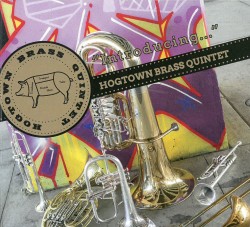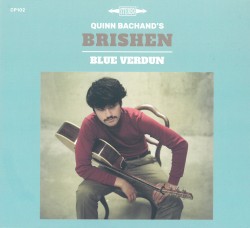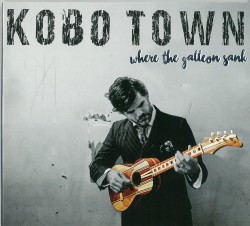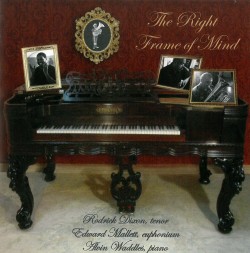A Cappella 101 - Qw4rtz
 A Cappella 101
A Cappella 101
Qw4rtz
Analekta AN 2 8860 (analekta.com)
Members of Qw4rtz, Louis Alexandre Beauchemin, François Pothier Bouchard, Philippe Courchesne Leboeuf and François Dubé, began singing together in the boys’ choir of Les Petits Chanteurs de Trois-Rivières and burst fully realized onto the professional stage in 2010. With the release of their debut CD, this remarkably skilled a cappella vocal quartet has presented the listener with an irresistible potpourri of musical motifs, including material from the worlds of jazzy-pop, alternative/indie, rap as well as their own takes on classic French Chanson. Not since Blossom Dearie’s Blue Stars of Paris has such a superb, Francophone vocal ensemble emerged (a cappella or otherwise).
Clearly influenced by groups as diverse as The Four Seasons and Manhattan Transfer as well as musical theatre, these talented artists see no stylistic boundaries and specialize in blurring the lines. Qw4rtz’s two tenors, frequently arranged in unison, effortless contrapuntal commitment and solid, relentless bass lines, lend a dynamism to all of the clever and complex arrangements found here.
The 13-track CD kicks off with the bombastic Julie – Les Coocs and segues into the delightful Fais-moi un show de boucane (Give Me a Show of Smoke). Nearly unbearably beautiful are Hymne à l’amour (Hymn to Love), written by the “Little Sparrow” herself, the great Edith Piaf, and her protégé Charles Aznevour’s Emmenez-moi (Take Me). A rollicking and joyful stand-out, Boum boum boum/Elle me dit (Boom Boom Boom/She Tells Me) is guaranteed to please, as is the emotional and energetic closer, Papaoutai.







